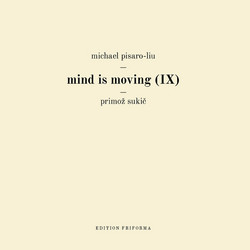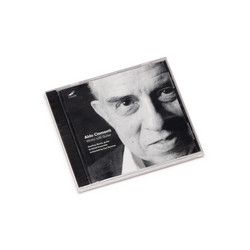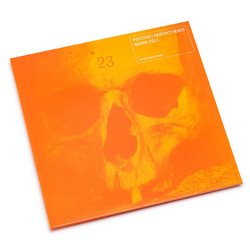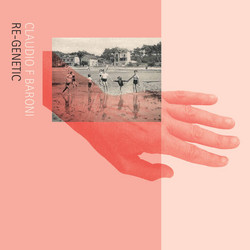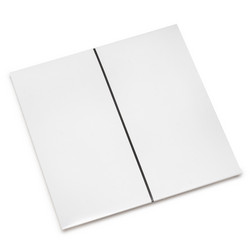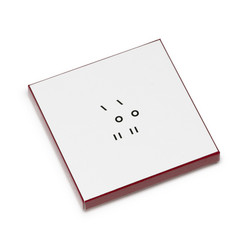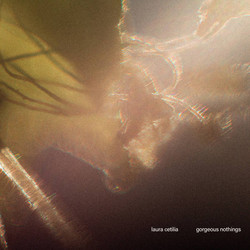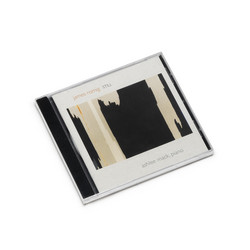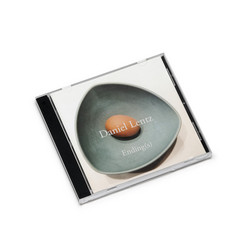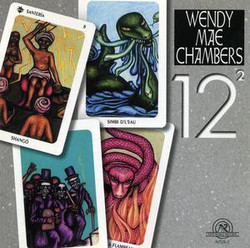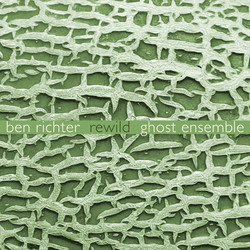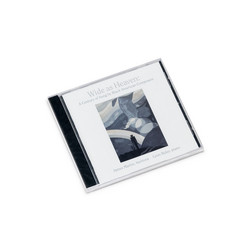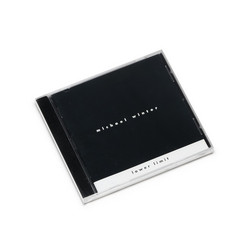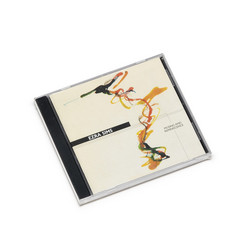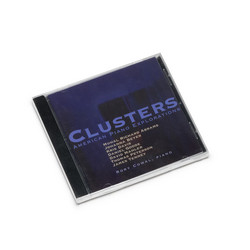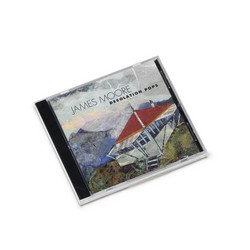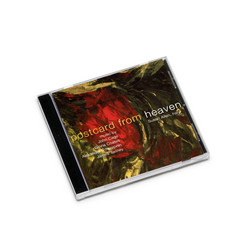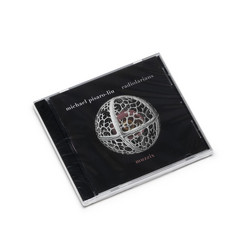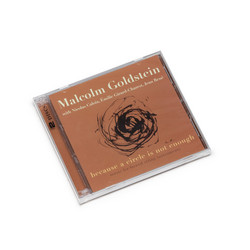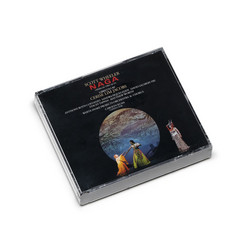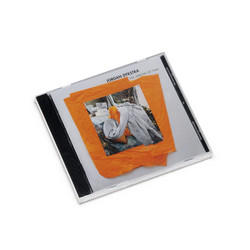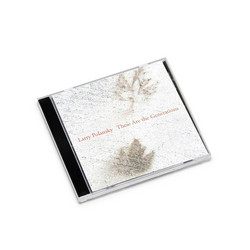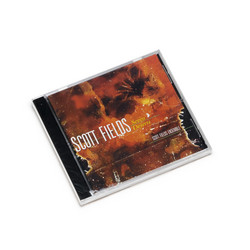James Romig, Mike Scheidt
The Complexity Of Distance
At the onset, we hear a single, heavily distorted power chord. The chord fades, and then we hear three more iterations of the chord in regular, pulsed attacks. To some, especially fans of metal and its many subgenres, this sound is welcoming and familiar. To others, this sound is surprising, perhaps arresting—an unexpected opening from a composer known for music of quiet, prolonged stillness. This chord and its four attacks signal the opening of The Complexity of Distance, a 58-minute collaboration between composer James Romig (b. 1971, 2019 Pulitzer Prize finalist) and guitarist Mike Scheidt (founder/guitarist/vocalist of the doom metal band YOB). For Romig, the chord came to symbolize his “self” and his “place” in the process; as the composition of the piece evolved and developed, it became the chord to which he could relate. For Scheidt, the chord takes on several meanings: the physical (a moment of rest); the spiritual (like the OM syllable in a Buddhist mantra); the psychological (its cyclic recurrence becoming hypnotic); a defiant “assertion of intention.” These four attacks also set the piece’s formal and harmonic structure into motion.
The Complexity of Distance is completely built upon a 13:14:15 ratio, which Romig describes in the program notes: 'The work’s formal structure comprises three simultaneously unfolding strands of evenly spaced rhythmic pulses, each articulating a unique pair of foundational chords that mutate and combine only when heard coincidentally with, or in close proximity to, others. The first rhythmic strand alternates, at a time-interval of 13 beats, between chords with roots written E and G (sounding A and C in A-standard tuning). The second strand alternates every 14 beats between chords with roots written C and D (F/G). The third strand alternates every 15 beats between chords of B and A (E/D). Beginning and ending with a unison pulse in all three strands, the 13:14:15 ratio takes 2,730 beats to resolve. At a metronome tempo of 48, the cyclic process lasts nearly an hour.
Similar to how a percussionist will choose specific instruments and mallets in order to achieve the particular timbral quality of a particular piece, Scheidt took great care and precision in choosing the materials to express Romig’s score. In collaboration with engineer Billy Barnett of Gung Ho Studio and the Hult Performing Arts Center in Eugene, Oregon, Scheidt assembled a wide-ranging arsenal of equipment to craft the sound of this recording.

